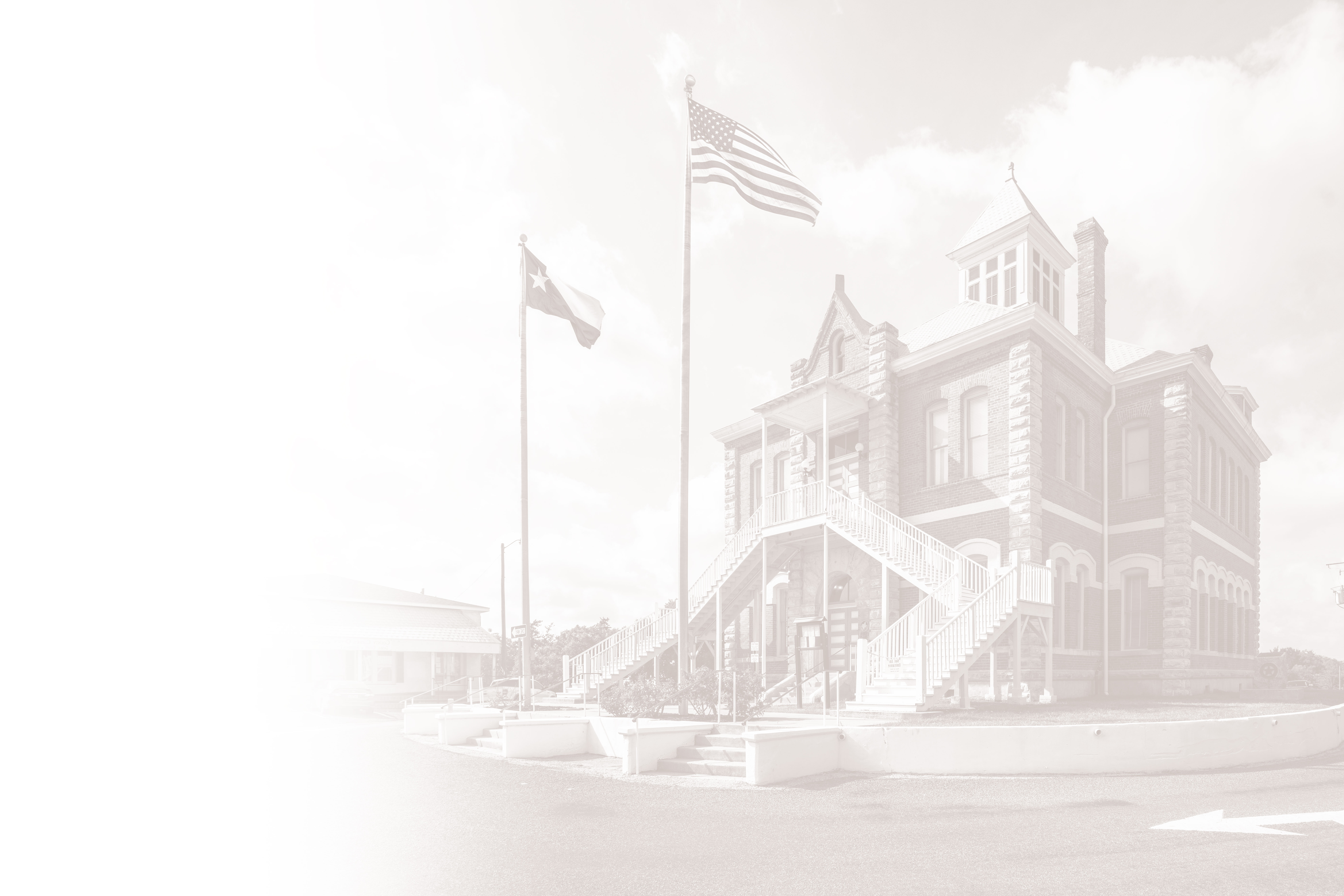Webinar Series: Building a Strong Preservation Program
This series is designed to help Historic Preservation Officers, Main Street Managers, Landmark Commissioners, and others learn about historic preservation best practices at the local level.
The trainings are intended to be watched in order. To view the videos and their corresponding handouts, click the buttons below.
Design Standards and Guidelines
Certificates of Appropriateness are based off of the Secretary of Interior's Standards for Rehabilitation. The standards are listed on the National Park Service's website. The guidelines help communities interpret the standards.
- The Secretary of the Interior Standards for Rehabilitation
- Illustrated Guidelines for Rehabilitating Historic Buildings
Historic Resource Criteria and Survey
The criteria used to locally designate historic resources are typically based on the criteria used for the National Register of Historic Places. CLG communities are also expected to keep an inventory of historic properties designated at the federal, state, and local level.
- National Register of Historic Places THC page
- Historic American Building Survey/Historic American Engineering Record/Historic American Landscape Survey
Preservation Law
- The National Historic Preservation Act of 1966, as amended
- Statutes, Regulations, and Rules
- Law and the Historic Preservation Commission: What Every Member Needs to Know
Technical Assistance
Education and Outreach
Many local historic preservation boards and commissions are charged with educating their communities about the benefits of historic preservation. Education and outreach leads to a better understanding and appreciation of preservation.
- More about Certified Local Government
- Working on the Past in Local Historic Districts
- Teaching with Historic Places
National & State Organizations
- Advisory Council for Historic Preservation
- Preservation Action
- National Center for Preservation Training and Technology
- National Association of Preservation Commissions
- National Conference of State Historic Preservation Officers
- Preservation Texas
- Texas Downtown Association
In addition to these resources, staff of CLG communities have access to the CLG listserv. The listserv is managed by the Texas Historical Commission, and allows historic preservation officers and CLG representatives to ask questions, discuss common issues, and share information. Please email the state coordinator, Kelly Little, or call 512.463.7812 if you are a historic preservation officer or work in administering your CLG's preservation program and would like to be added to the listserv.
Contact Us
If you have questions about the Certified Local Government Program, please contact the program administrator using the information listed here.
-
Phone:
+1 512-463-7812 -
Email:
clg@thc.texas.gov -
Address:
P.O. Box 12276
Austin, TX 78711
United States
